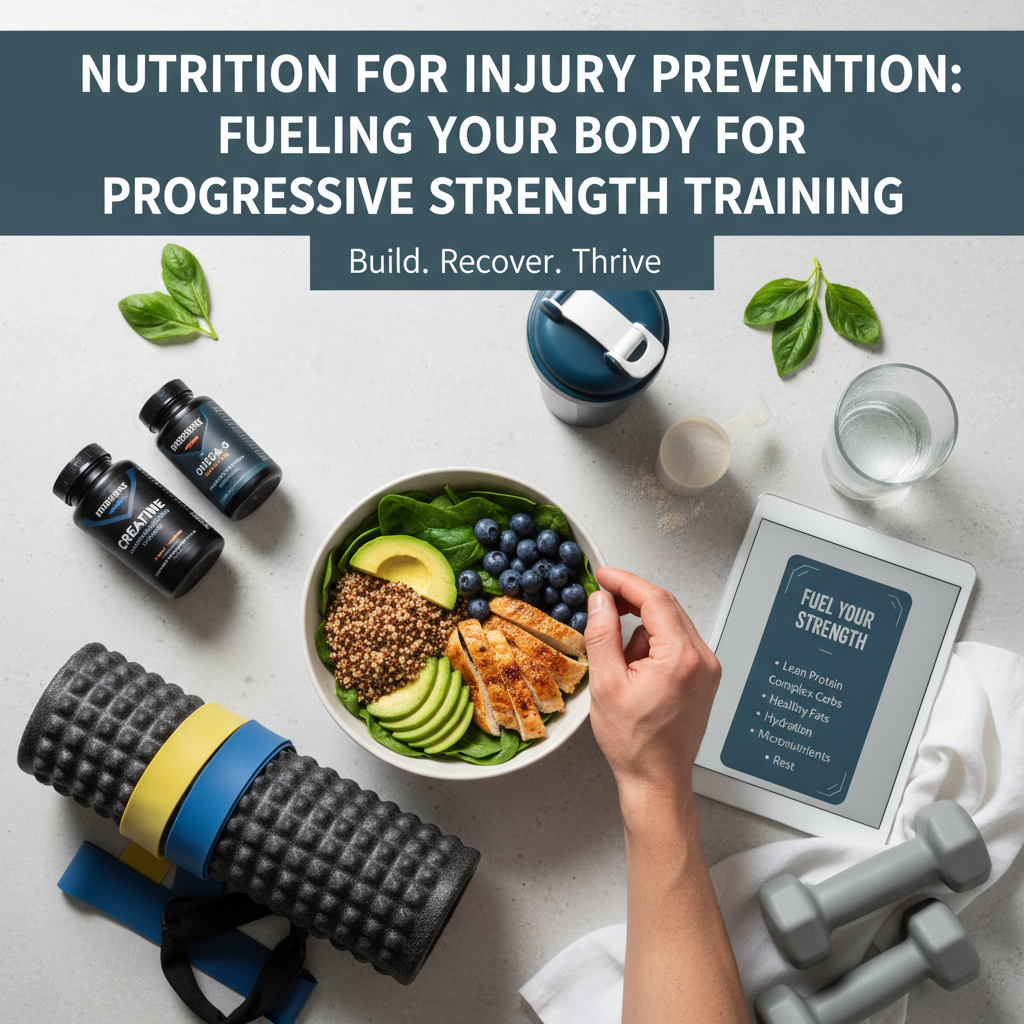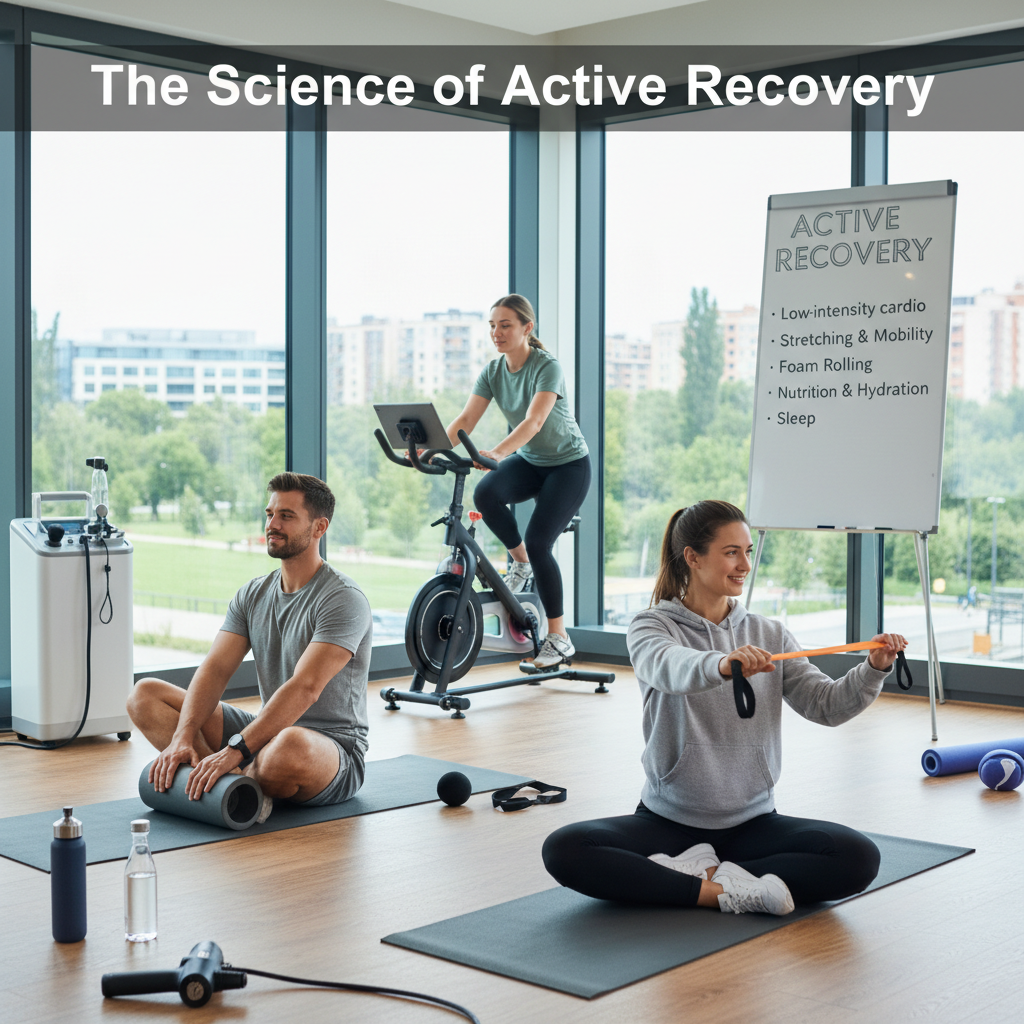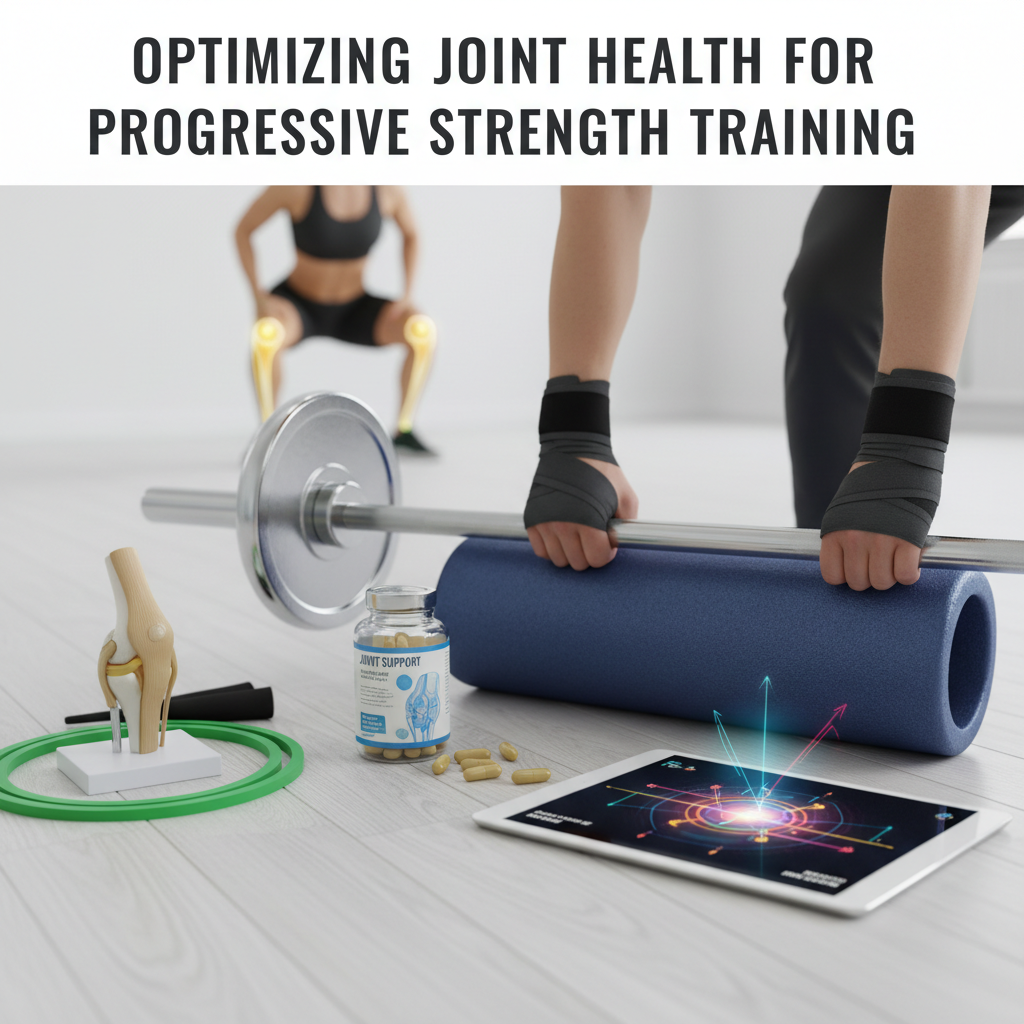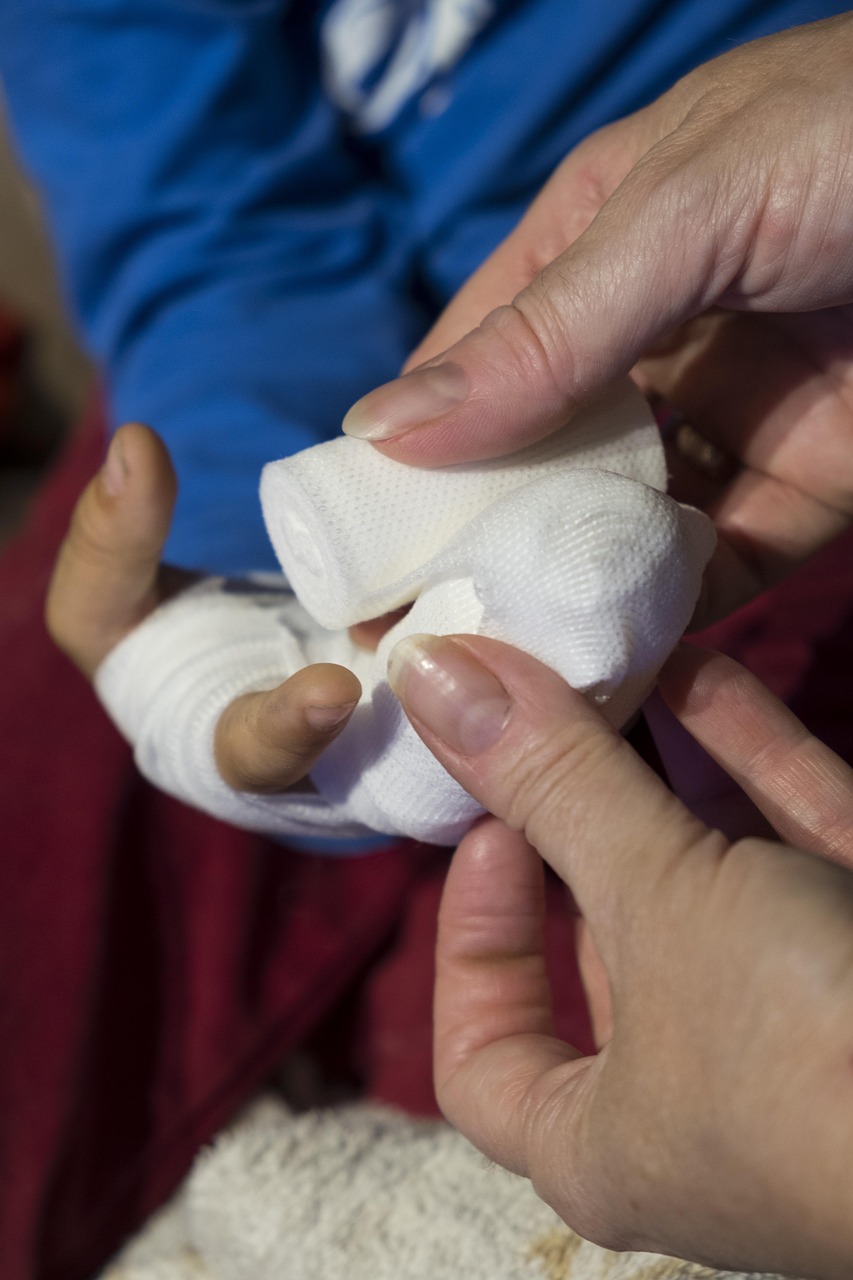
Common Health Questions Answered by Experts
For busy professionals, new lifters, and returning athletes who want straight, evidence-based answers about getting stronger without wrecking their schedule—this is for you. You’re juggling conflicting advice, worried about injuries, stuck on plateaus, or unsure what to eat (and whether you even need a gym). Get Stronger Now folds all of that into one plan: Progressive strength training programs, Personalized coaching and technique feedback, and Home and gym workout adaptations—backed by Nutrition guidance for strength gains and periodized plans for long-term progression. Calm, clear, effective.
Is strength training safe for beginners?
Yes—if you progress load methodically, prioritize technique, and keep weekly volume appropriate. Start with 2–3 full-body sessions using the big patterns: squat, hinge, push, pull, lunge, carry. Use an RPE of 6–8 (hard but crisp reps), leave 1–3 reps “in the tank,” and track every session. In my experience, beginner-to-advanced strength curricula that emphasize movement quality first reduce tweaks and dramatically speed up results.
What rep ranges build strength fastest?
Think 3–6 reps for primary barbell/dumbbell lifts at roughly 75–85% 1RM with 2–3 minute rests. Accessories live in the 6–12 range to shore up weak links. Simple combo that works: 3x5 on primaries, 3x8–12 on assistance—progress load or reps weekly.
Do I need a gym, or can I train at home?
Both work. Use Home and gym workout adaptations: no barbell? Do goblet squats, single-leg RDLs, push-ups, inverted rows, split squats, and loaded carries with a kettlebell or bands. Tempo (3-second lowers), pauses, and unilateral work can make 20–40 lb tools brutally effective. And if you’ve got a rack and plates—great, we’ll leverage that too.
What should I eat for strength gains without extra fat?
Anchor protein at 1.6–2.2 g/kg bodyweight daily, spread across 3–5 meals. Carbs at 3–5 g/kg support training quality; fats around 0.6–1.0 g/kg round out calories. Aim for a small surplus—about 200–300 kcal above maintenance—plus 20–40 g protein pre/post lift. Hydrate and don’t fear sodium on hard days. I’ve noticed lifters who nail protein and a slight surplus hit PRs sooner, with steadier body comp.
How do I break through a plateau?
Rotate stress with periodized plans for long-term progression: 4–6 weeks building volume, 1 deload week (cut volume ~40–50%), then push intensity. Microload stubborn lifts by 1–2 kg, change grips or stances for 3–4 weeks, and track RPE. Sleep 7–9 hours, manage stress, and add a small calorie bump if recovery lags. If this feels overwhelming, Get Stronger Now can handle it for you—mapping loads, deloads, and tweaks while giving real-time form fixes.

How many days per week should I lift?
Two days is the minimal effective dose for strength, three is a sweet spot, four supports advanced work. Busy season? Run 30–40 minute density sessions with 2 primaries and 2 accessories. Consistency beats hero workouts… every time.
How fast will I see results?
Neural gains show in 2–4 weeks (bar speed, better coordination). Measurable PRs often pop by weeks 8–12 if training, sleep, and nutrition align. Take Sarah—she added 45 lb to her squat in 12 weeks on a simple 3x/week plan and consistent protein.
Want it dialed in without guesswork? Get Stronger Now builds beginner-to-advanced strength curricula that tie Progressive strength training programs with Personalized coaching and technique feedback, Nutrition guidance for strength gains, and smart Home and gym workout adaptations—so you can lift safely, hit PRs, and actually keep going.”







